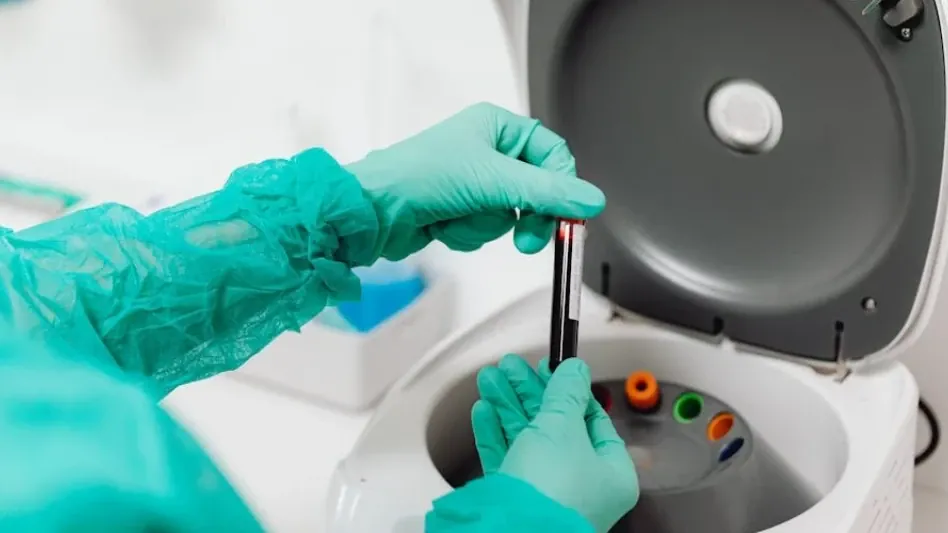In today’s rapidly advancing healthcare landscape, technology is fundamentally transforming the way doctors diagnose and treat illnesses. This evolution isn’t confined to research labs; it’s evident in hospitals, clinics, and even in patients’ homes. The advent of new tools—from AI-driven analysis to remote monitoring technologies—is not only enhancing patient outcomes but also expanding the dimensions of what’s achievable in medical care. This shift is allowing healthcare providers to deliver more personalized, efficient, and effective treatments, improving the quality of care patients receive, and opening new avenues for medical innovation.
Home Health Monitoring: A Paradigm Shift in Healthcare
One of the most significant changes brought by technology is in the realm of home health monitoring. Traditional diagnostic approaches often rely on sporadic data from occasional doctor’s visits, where patients describe their symptoms and undergo tests that only provide a snapshot of their health. However, this model is being revolutionized. Continuous monitoring through wearable devices and smart health trackers offers a more comprehensive view of a patient’s condition. These devices can measure heart rate, oxygen levels, blood pressure, glucose levels, and detect irregular heart rhythms in real-time.
This continuous data collection is invaluable. It allows for the early detection of potential health issues, more effective monitoring of chronic conditions, and personalized treatment recommendations. For example, patients with hypertension can benefit from continuous blood pressure tracking, enabling doctors to identify patterns and efficiently adjust medications. This shift empowers both patients and healthcare professionals, facilitating a more proactive approach to health management that can significantly improve patient outcomes.
Electronic Health Records: Revolutionizing Information Sharing
The shift from paper charts and faxed prescriptions to electronic health records (EHRs) represents another significant technological advancement. EHRs address the problem of fragmented care, where patients often find themselves providing repeated medical histories and ensuring that their current healthcare providers communicate with previous ones. With EHRs, patient information is instantly shareable among healthcare providers, ensuring continuity of care.
This exchange is crucial for patients with chronic conditions who frequently consult multiple specialists. EHRs reduce errors, eliminate redundant tests, and expedite treatment decisions by storing all relevant patient information in one secure system. Furthermore, EHRs enable better coordination between different healthcare providers, ensuring that all members of a patient’s care team are on the same page. This seamless information flow results in more cohesive and effective care, reducing the likelihood of misdiagnosis or delayed treatment and ultimately enhancing the patient experience.
AI in Diagnostics: A New Frontier
Artificial intelligence holds transformative potential in diagnosing diseases. Machine learning algorithms are being developed to analyze medical images, interpret lab results, and predict health risks before they become severe. Radiology is experiencing significant advancements due to AI. AI-powered software can examine X-rays, MRIs, and CT scans with remarkable precision, often detecting abnormalities that may elude the human eye. These tools identify conditions like cancer, stroke, and fractures more quickly and accurately than traditional methods, and they do so without the risk of fatigue or distraction that human radiologists face.
The capabilities of AI extend beyond imaging. AI is being used to analyze genetic information, identify patterns in patient data, and even suggest treatment plans based on the latest research. This technology has the potential to revolutionize many aspects of healthcare, offering more accurate diagnoses, personalized treatment options, and improved patient outcomes. As AI continues to develop and integrate into healthcare systems, it promises to bring about a new era of precision medicine.
Robotic-Assisted Surgery: Precision and Efficiency
Surgical procedures have undergone groundbreaking changes with the introduction of robotic-assisted surgery. This approach is a departure from the era of large incisions and lengthy recovery periods. Robotics enhance a surgeon’s precision, stability, and dexterity, enabling minimally invasive procedures that reduce bodily trauma and hasten healing. For patients, this means less post-operative pain, shorter hospital stays, and quicker recoveries.
The precision of robotic-assisted surgery also allows for more complex procedures to be performed with greater accuracy. Surgeons can make smaller incisions, reducing the risk of infection and blood loss. Additionally, the enhanced dexterity of robotic tools can improve outcomes in delicate surgeries, such as those involving the heart or brain. As the technology continues to evolve, it’s likely that robotic-assisted surgery will become even more widespread, offering patients safer and more effective surgical options.
3D Printing and Bioprinting: Customizing Medical Solutions
3D printing and bioprinting are at the cutting edge of medical technology. These innovations are already making a significant impact by producing custom prosthetics, implants, and anatomical models to aid in surgical planning. Personalized joint replacements and dental implants created through 3D printing offer improved comfort and functionality because they perfectly match a patient’s anatomy.
Bioprinting uses living cells to create tissue structures, promising advancements such as skin grafts for burn victims, cartilage for joint repairs, and patches for heart tissue damaged by disease. This technology has the potential to revolutionize regenerative medicine, offering new treatment options for patients with complex medical conditions. The ability to create custom solutions tailored to individual patients’ needs marks a significant advancement in personalized medicine and holds promise for a future where organ transplantation and tissue regeneration are more accessible and effective.
Future Considerations
In today’s rapidly advancing healthcare landscape, technology is fundamentally changing how doctors diagnose and treat illnesses. This evolution goes beyond research labs and stretches to hospitals, clinics, and even patients’ homes. The introduction of new tools—from AI-driven analysis to remote monitoring technologies—not only enhances patient outcomes but also broadens the scope of what’s possible in medical care. This shift allows healthcare providers to deliver treatments that are more personalized, efficient, and effective. The quality of care that patients receive is improving, and new avenues for medical innovation are opening up. For instance, telemedicine allows patients in remote locations to access specialized care, and wearable devices continuously monitor vital signs, providing real-time data to healthcare professionals. This integration of technology is not just about convenience; it is about making healthcare more accessible and responsive. Ultimately, these advancements are empowering both doctors and patients, making the promise of better health a tangible reality.









